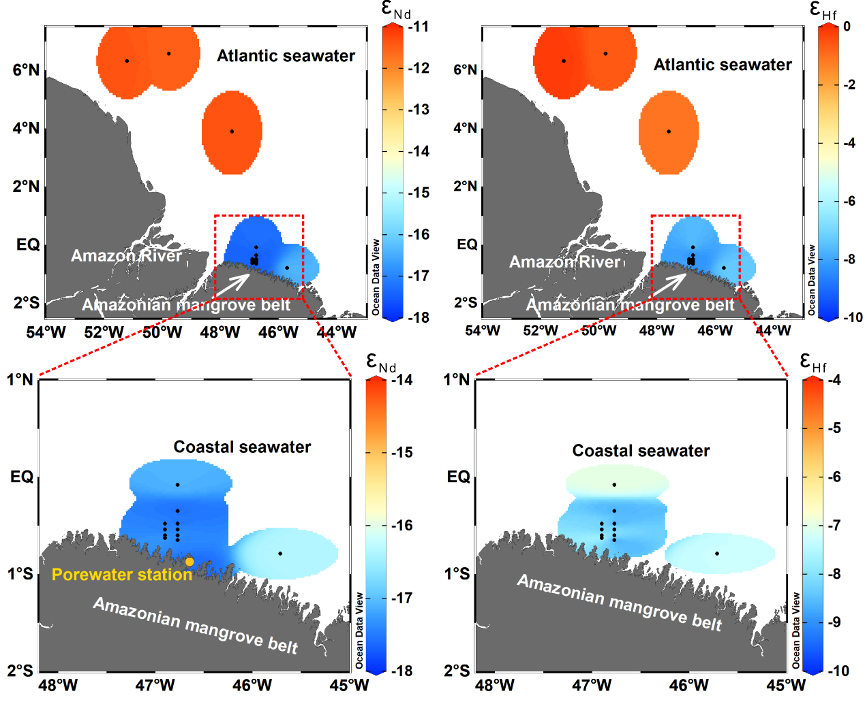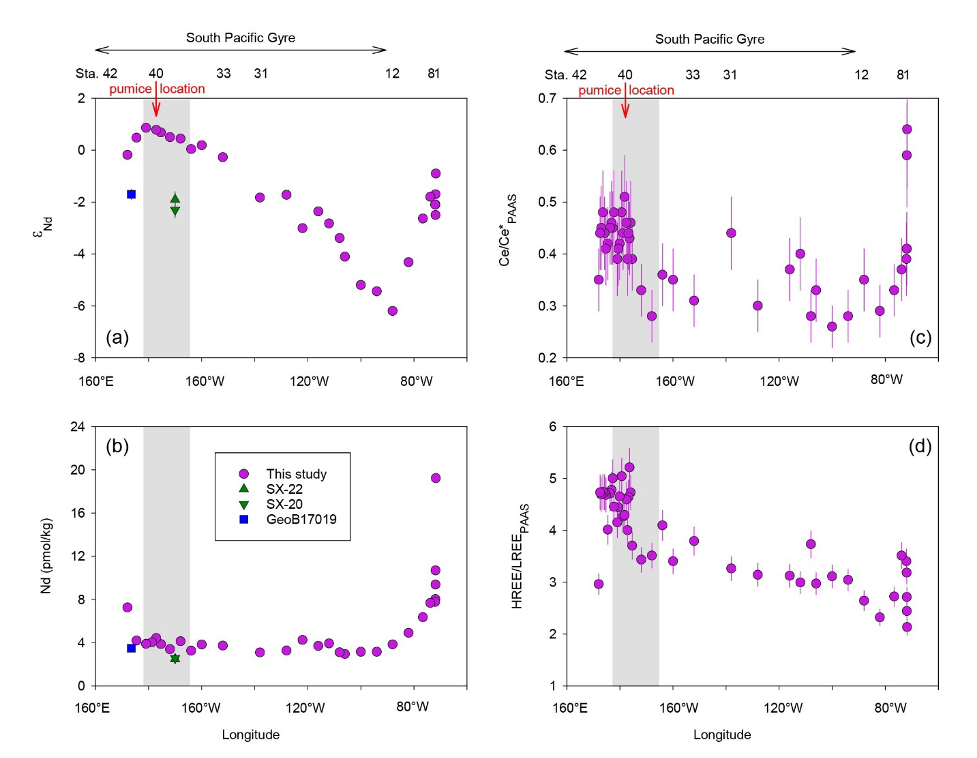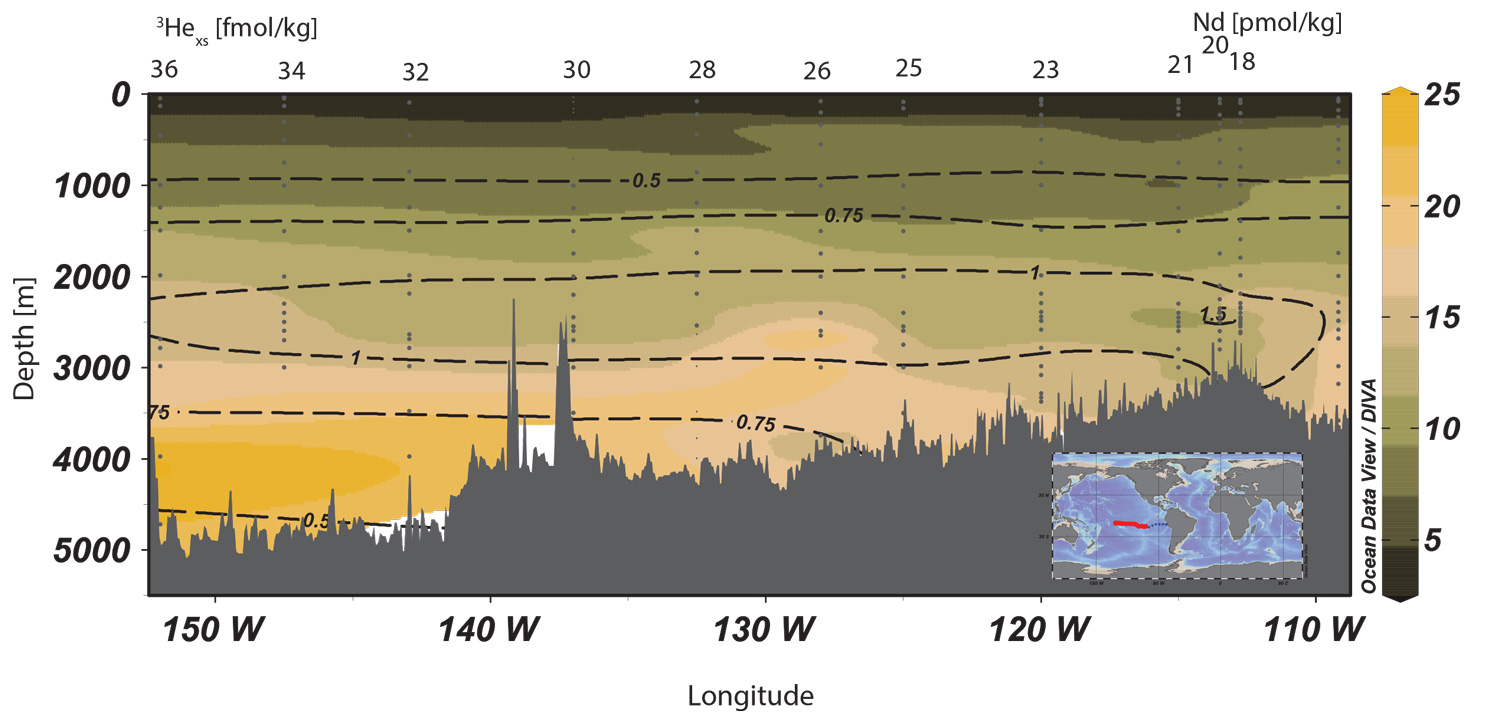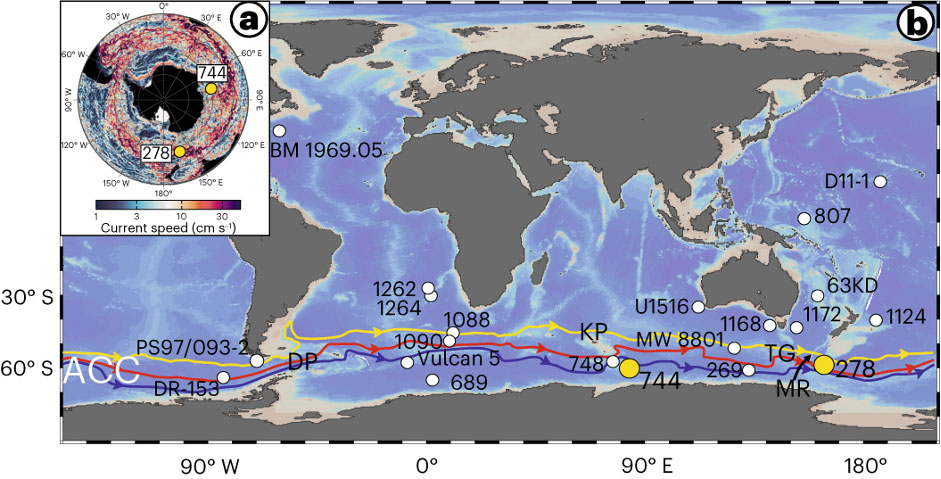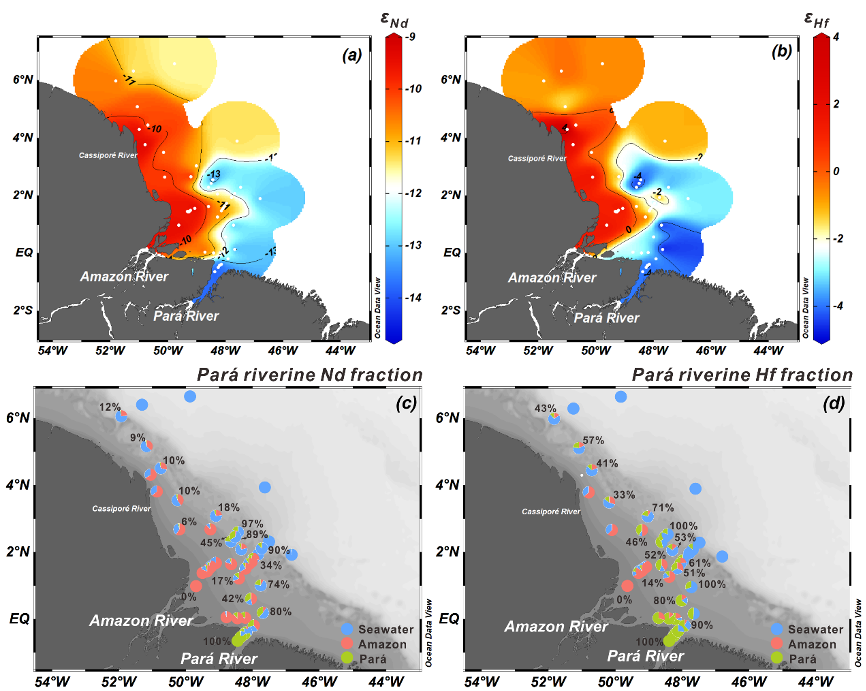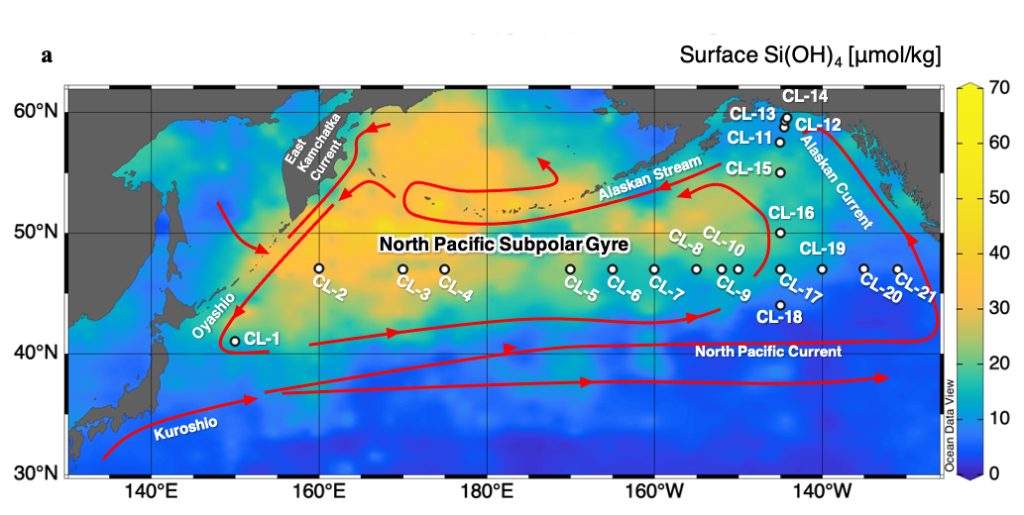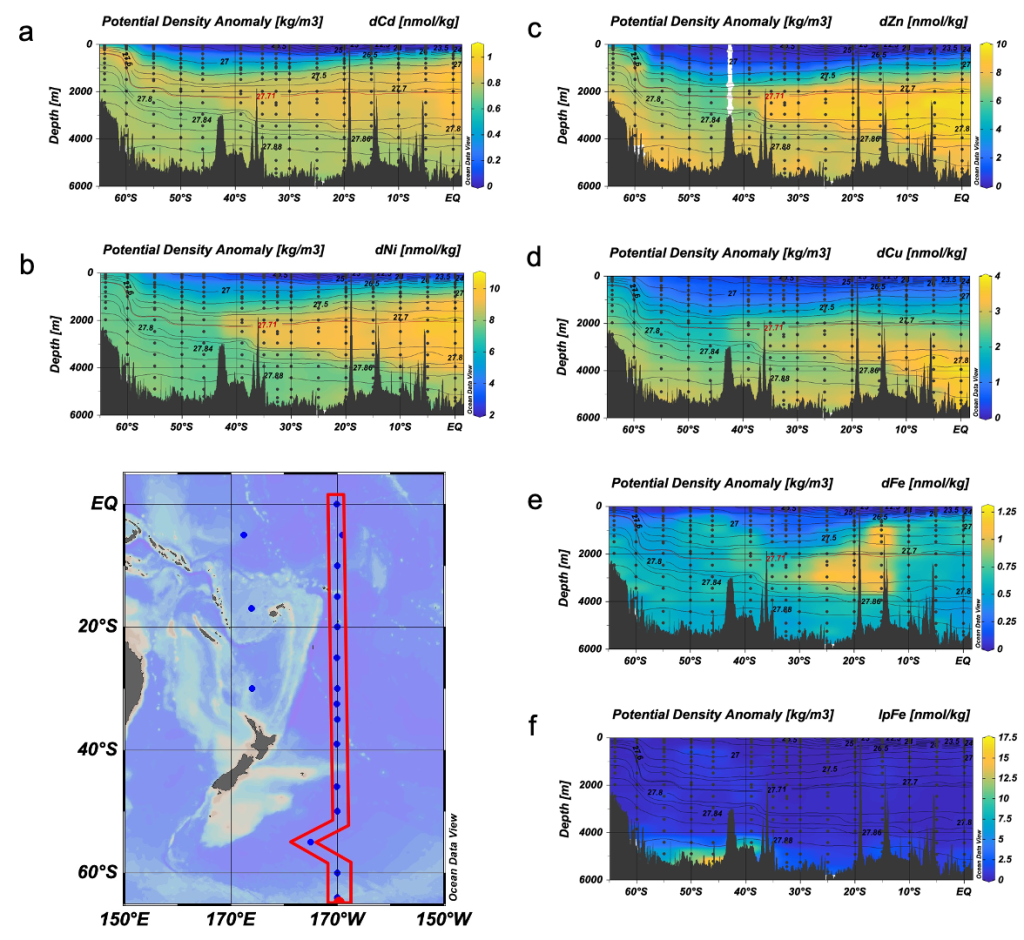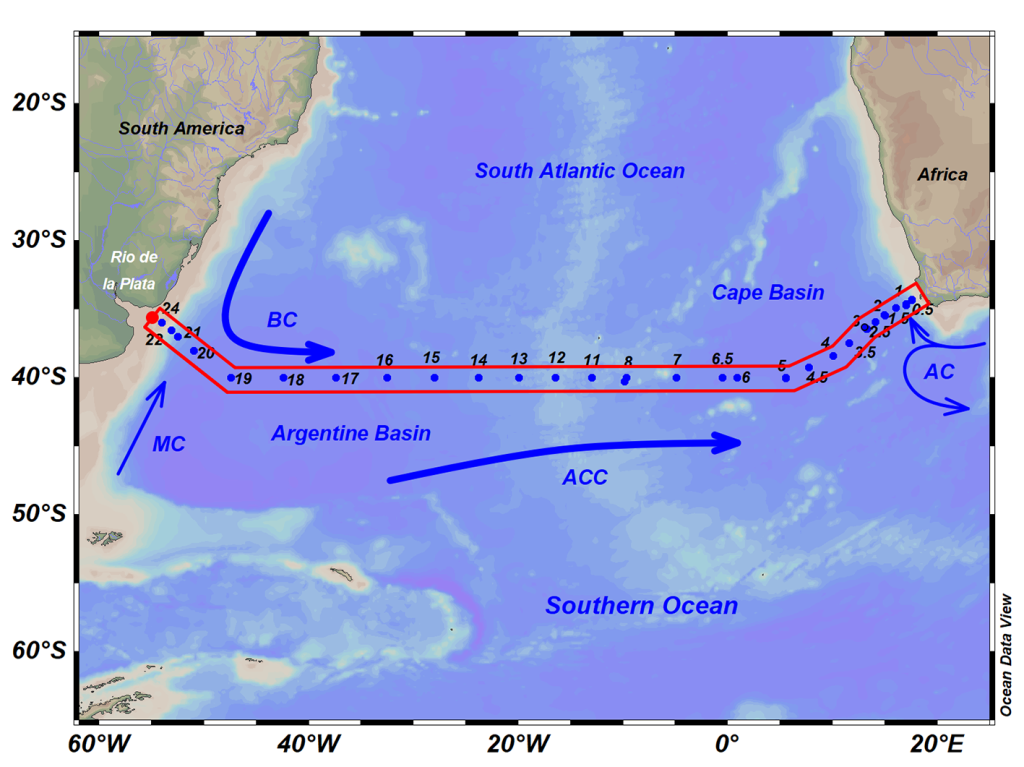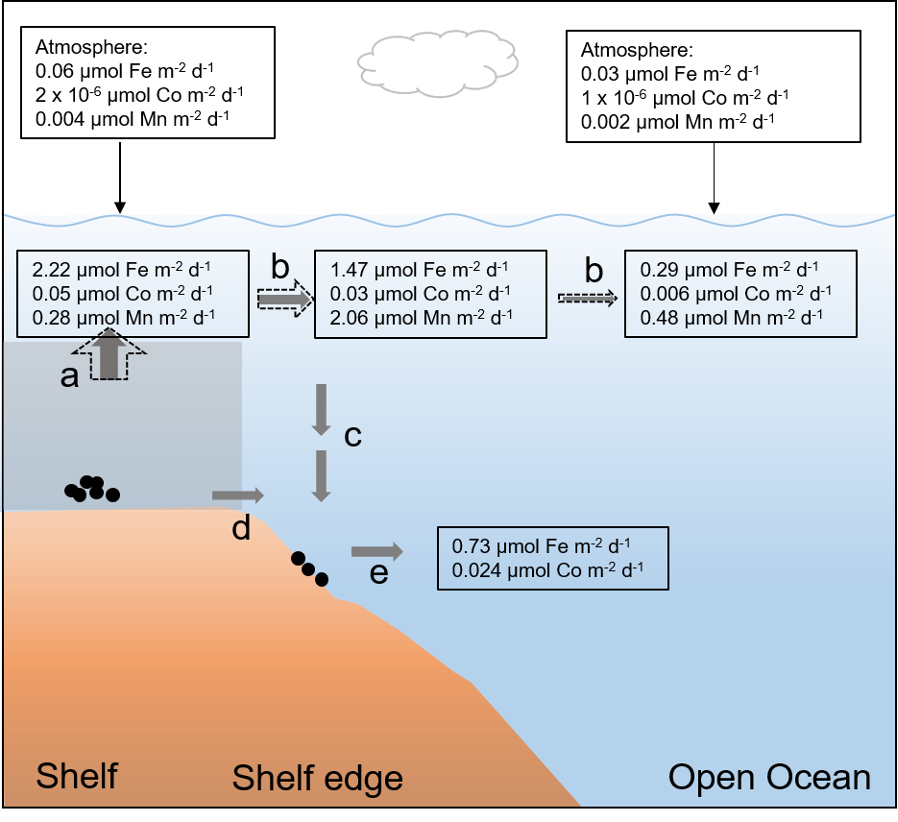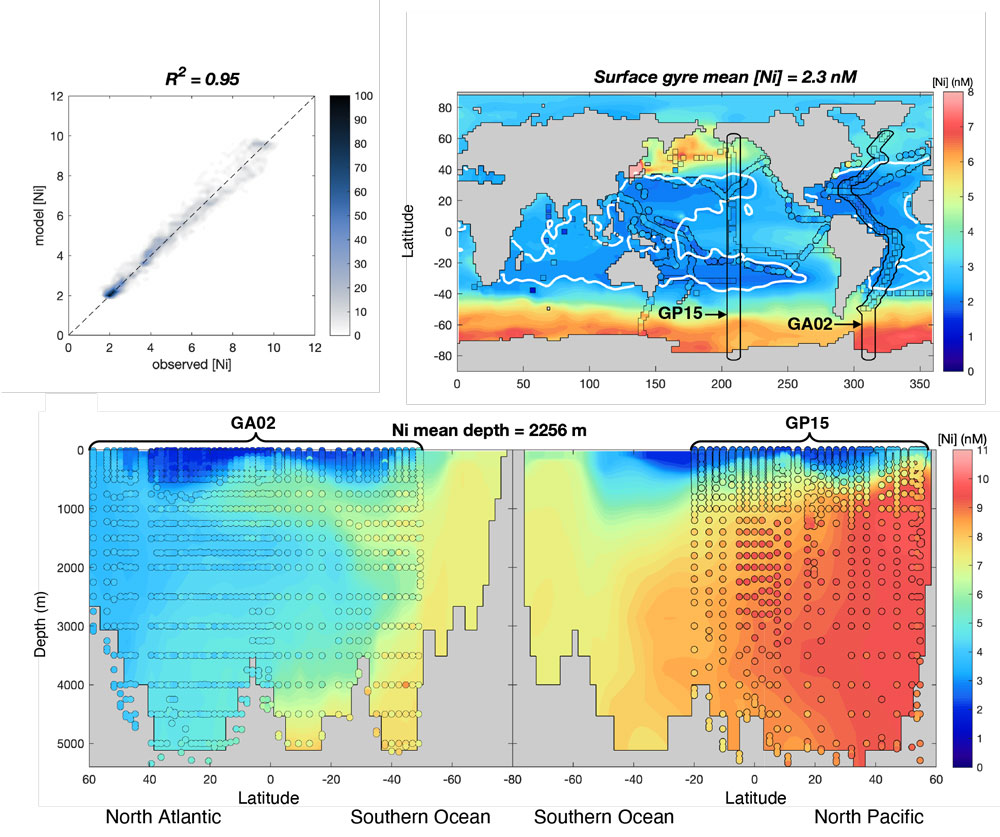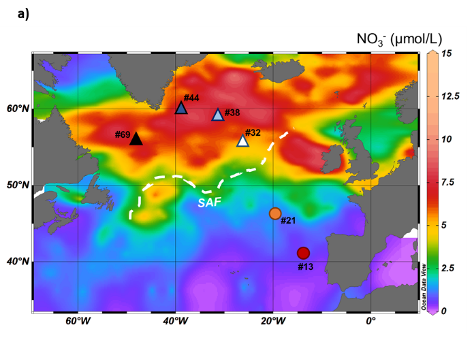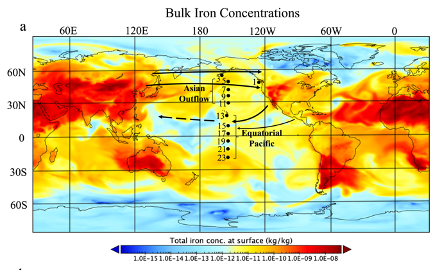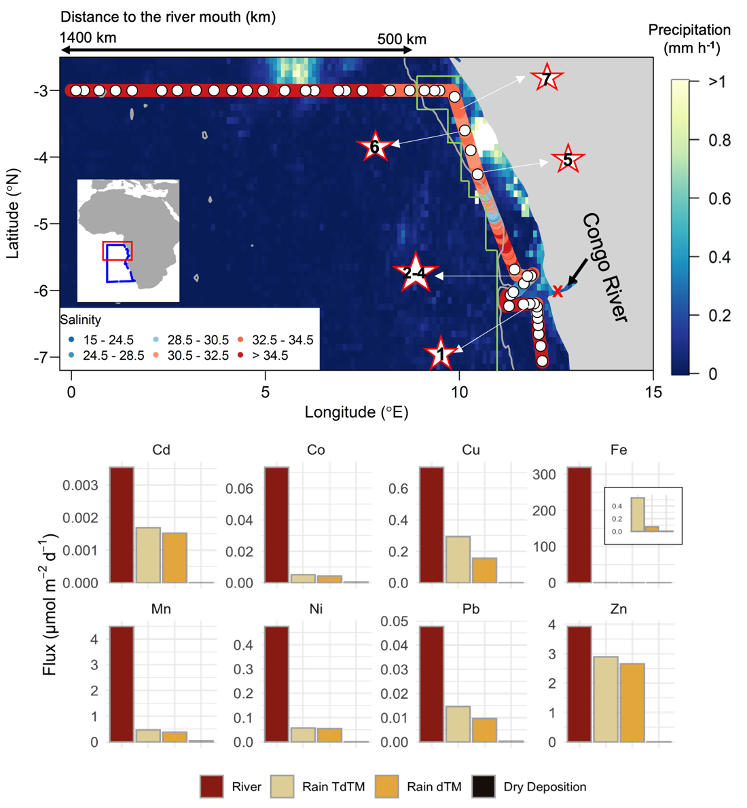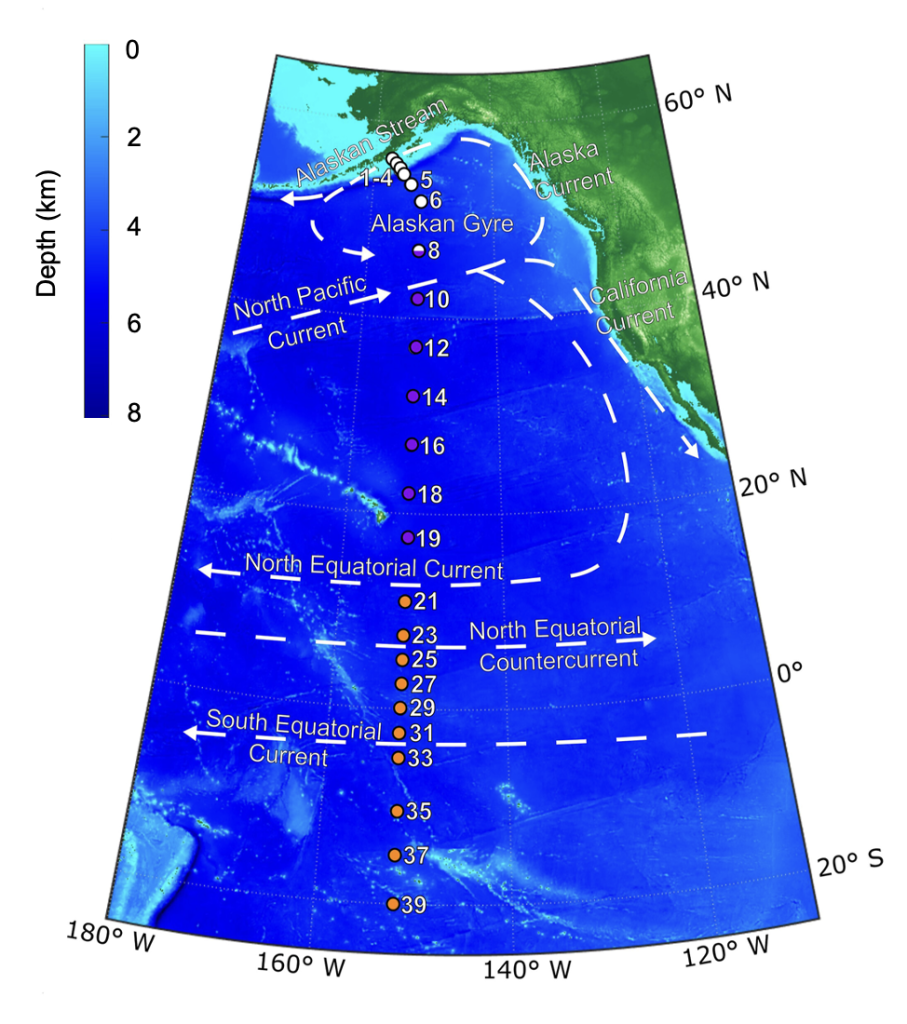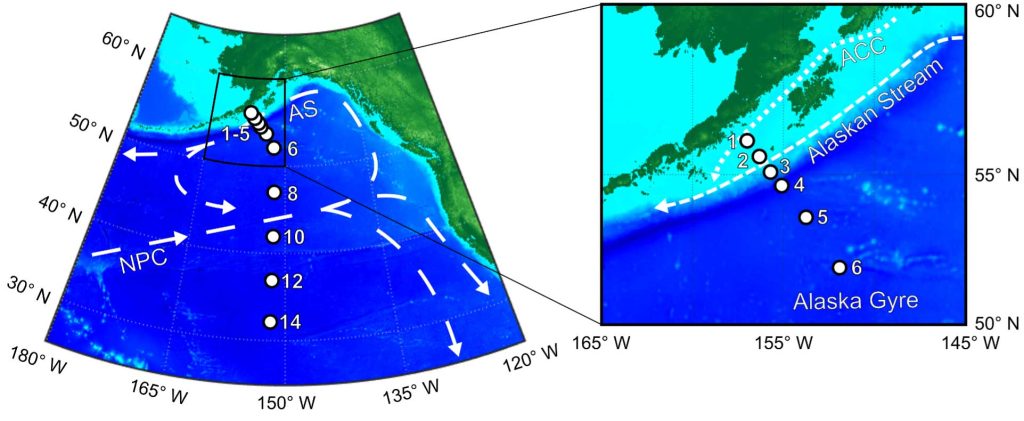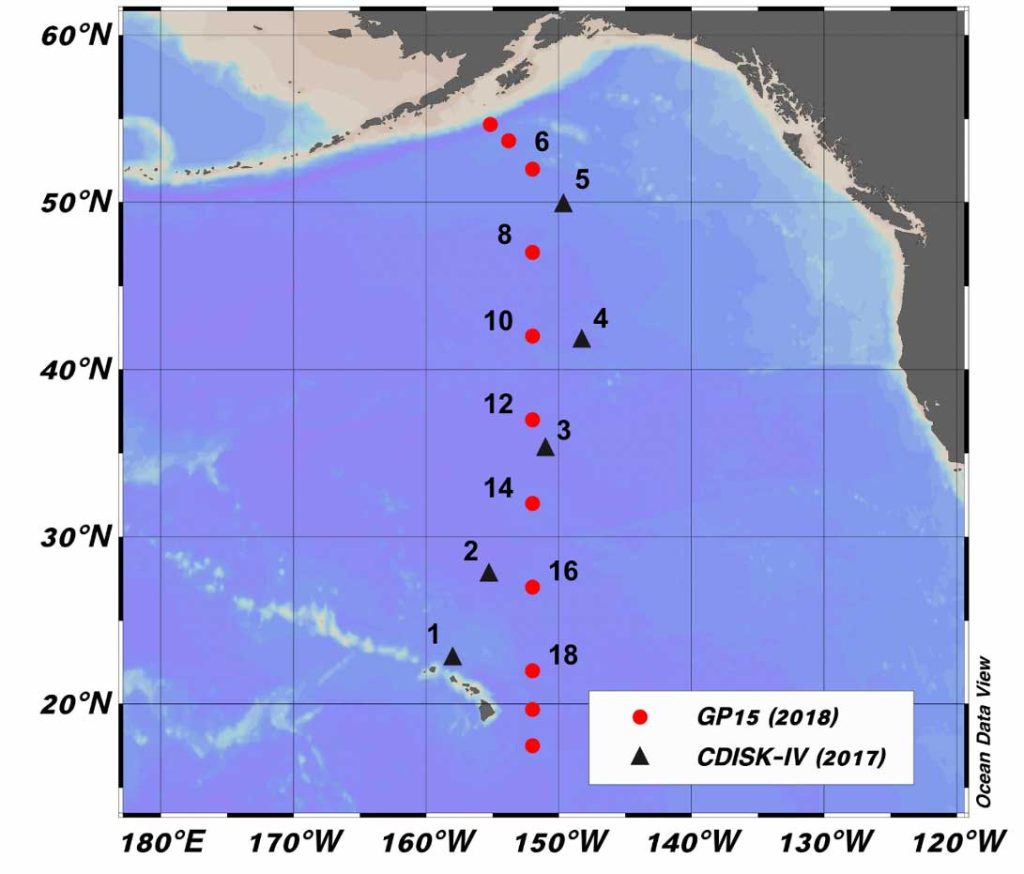Find below a summary of main GEOTRACES findings and products on protactinium research:
Atlas
(The images below may not show if you are using Safari. Please change your browser if necessary).
Atlantic Ocean:
Arctic Ocean:
Pacific Ocean:
3D scenes showing the distribution of dissolved iron in the Atlantic and the Pacific, the Arctic Oceans. In warm colours (red, orange, etc.) you can view high concentrations of dissolved protactinium-231.
Data
Data is available to download after registration here: https://geotraces.webodv.awi.de/login
Discoveries include:
Below you can find a list of science highlights of main GEOTRACES discoveries on protactinium research:
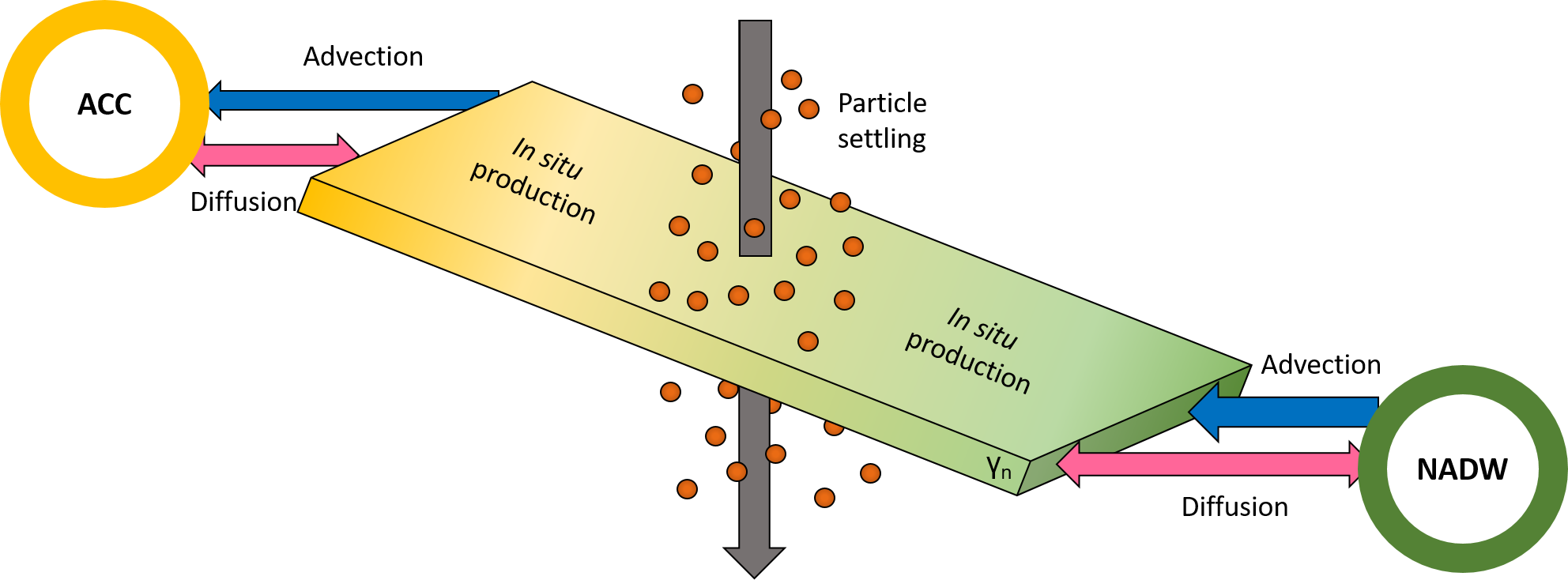
Protactinium-231 budget of the Atlantic sector of Southern Ocean
Levier and colleagues analysed dissolved and particulate protactinium-231 in samples collected in a section in the Southern Ocean…
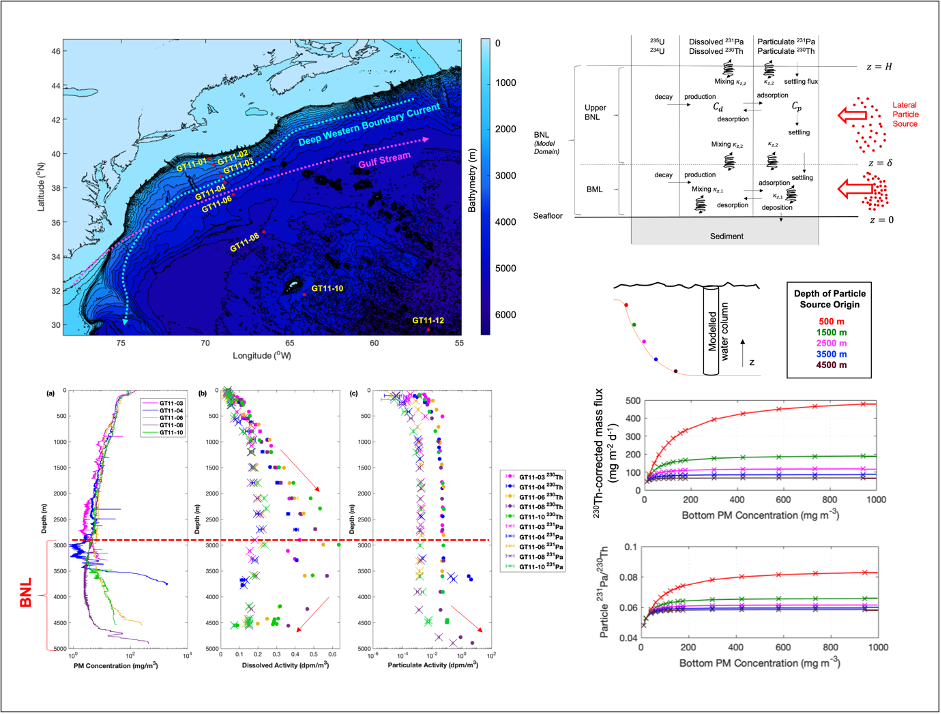
Intense benthic nepheloid layers in the Northwest Atlantic Ocean lead to unexpected distributions of dissolved and particulate thorium-230 and protactinium-231
Chen and colleagues explore the behaviour of thorium-230 and protactinium-231 in the benthic nepheloid layers…
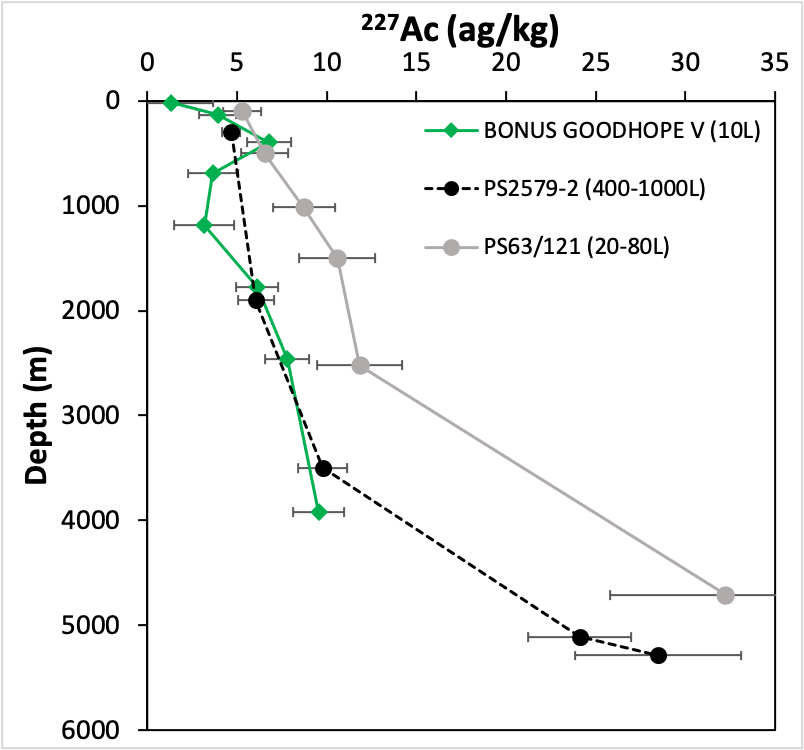
Measuring actinium-227 by mass spectrometry is feasible, sensitive and reliable!
Levier and co-authors have developed a new protocol measurement of the dissolved actinium in seawater.

Thorium-Protactinium fate across the tropical Atlantic Ocean: what reveals the water column-sediment coupling
Twenty seawater profiles and twenty core-top 231-protactinium and 230-thorium analyses were realised by Ng and colleagues along five depth transects across the northern tropical Atlantic open ocean.
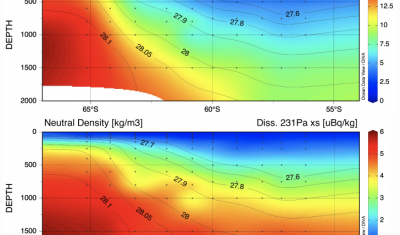
Isopycnal mixing controls protactinium and thorium distributions in the Pacific Southern Ocean
Pavia and co-workers determined the physical and chemical speciation as well as the vertical distribution of Protactinium-231 and Thorium-230 at 12 stations across the Southern Pacific Antarctic Circumpolar Current…
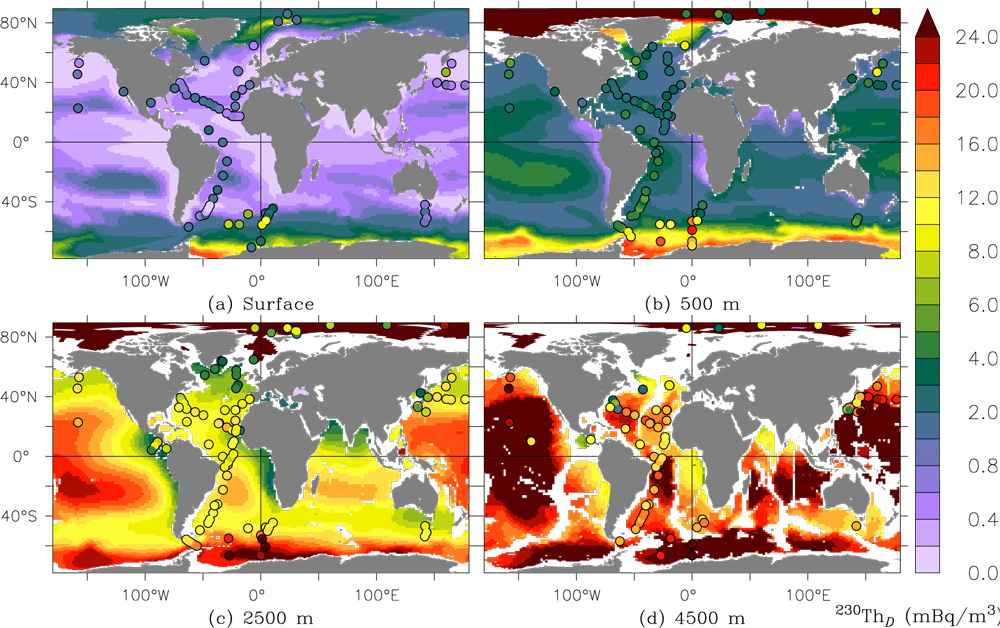
More realistic oceanic particle field improved the thorium-230 and protactinium-231 modeling
Thorium-230 (230Th) and protactinium-231 (231Pa) are two geochemical tracers extensively used for investigating particle transport in the ocean and reconstructing past ocean circulation. A key feature in reproducing their distributions by […]
List of publications
Scroll down to view the list of GEOTRACES publications on protactinium-231:
31.05.2022

